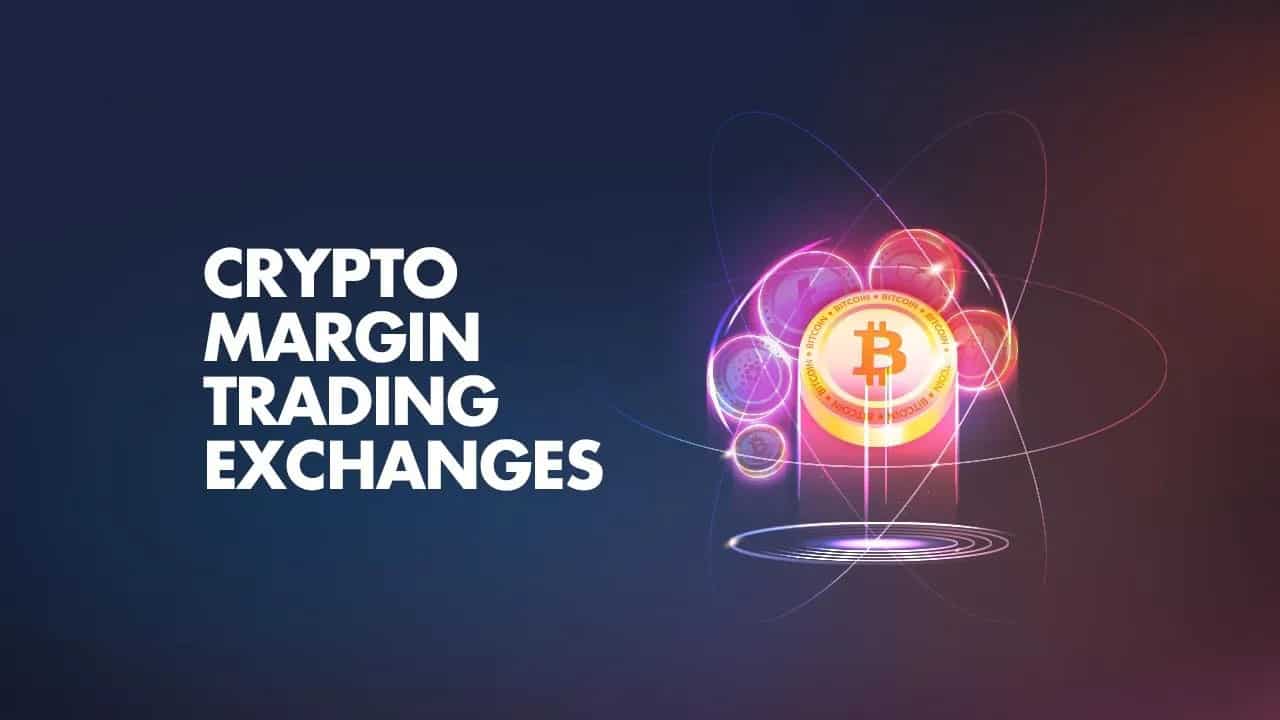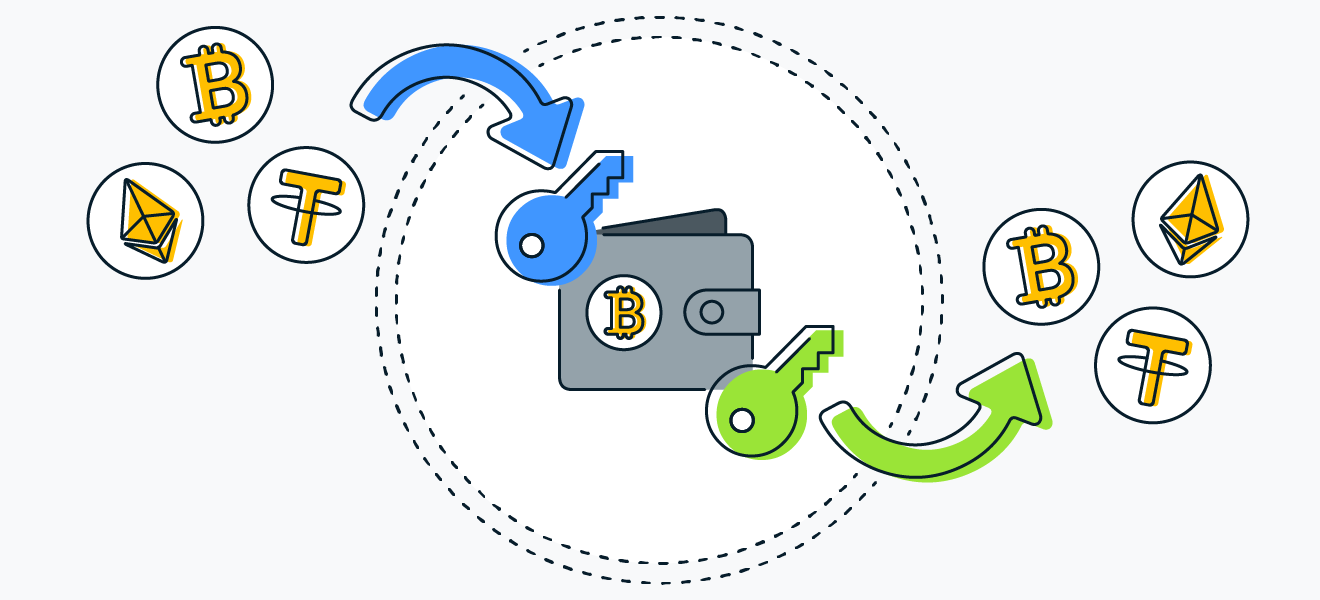Jumping into the world of crypto can be like diving into a pool of uncertain depth—a little thrilling, a lot risky. You might have heard of margin trading on crypto exchanges; it’s the high dive, where the big rewards could come with even bigger drops. Fees for margin trading on crypto exchanges are often the ripples that are overlooked in the excitement to jump in. In this deep dive, not only are we going to get into the splash zone of the basic costs, but we’ll also explore the less visible, the sneaky costs that ripple outward, affecting your bottom line. Strap in, learn the ropes of margin versus spot trading, and the ins and outs of leverage that could multiply your gains, or your losses. Then, get the insider view on the fee structures that often stay hidden below the surface. Whether you’re a seasoned trader or new to the crypto block, knowing these costs is not just helpful—it’s crucial. It’s time to uncover what’s lurking beneath the surface of margin trading.
Understanding the Fundamentals of Crypto Margin Trading
Differentiating Between Margin and Spot Trading
Margin and spot trading might seem the same, but they’re not. In spot trading, you buy coins and pay up front. All of it. Your coins, your cash, end of story. With margin trading, it’s like getting a loan. You pay some, and the exchange covers the rest. It’s a way to buy more than you can afford.
Leveraging Basics: Typical Leverage Rates in Cryptocurrency Trading
Leverage is a big word for borrowing money to trade. Think of it as a boost for your buy power. It can vary from 2 times to 100 times your cash. This means with just $50, you could trade as if you had $5,000! But, there’s a catch. It comes with risks and fees.
When you use leverage, you borrow coins from the exchange. They let you trade more than your cash would allow. The typical leverage rates in cryptocurrency trading can range widely, often from 2x to 100x. This means that, for every dollar of your own money, the exchange lets you borrow another 1 dollar up to 99 dollars to trade with.
Simple, right? It’s like when your friend lends you a video game. You didn’t buy it, but you get to play it. Just remember, you will have to return it eventually. With crypto, this ‘eventually’ could mean in minutes or days. And while you’re trading, interest ticks away.
Your exchange shows these rates clearly, so you always know what you’re getting into. Always check this before you start trading. It’s also good to compare different exchanges’ rates. Some might offer better deals than others.
Calculating borrowing expenses in crypto trading is like binge-watching a great show—it seems like fun until you see the time you’ve spent. Same with margin fees. They seem small but can add up fast. Stick with me, and I’ll take you through those hidden charges soon.
Leverage increases your potential wins and your potential losses. When trades go right, you win big. But when they don’t, you can lose more than your own money. That’s why you need to know all fees and risks. We’ll talk more about them, so you can play smart and keep your money safe.
Fee Structures and Borrowing Costs in Margin Trading
How Commission Rates Affect Your Margin Account
When you trade on margin, the fees can take a big bite out of your wallet. Every time you buy or sell, the exchange takes a small cut. This cut is called a commission rate. Smaller trades might see bigger rates. High-volume traders often get breaks on these fees, paying less as they trade more. You must watch commission rates because they change and can eat up profits fast. Think of them like ants at a picnic—small but mighty, and they can quickly swarm your returns if you’re not careful. Always look at the fee schedules exchanges post. They tell you what you’ll pay ahead of time.
Interest Rates for Borrowing Crypto: Calculating the True Cost
When you trade with leverage, you’re borrowing money. Just like any loan, it comes with interest. Always check the interest rates for borrowing crypto. They can vary a lot from one exchange to another. Some charge you each day that you hold a leveraged position. This is called an overnight funding charge. Others might bill you only if you keep trades open through the end of the day. These fees can add up, making your trading cost more than you planned.
To know what you’ll really pay, learn to calculate borrowing expenses. Combine the commission rates with interest rates to see the full picture. Look at typical leverage rates too—how much you borrow changes your risk and costs. Lower leverage can mean lower fees, and vice versa. Use online tools to help figure out what you owe. Watching these rates is key in keeping your trading costs down. And lower costs mean more chance for profit.
Exchanges offer different margin setups, such as cross or isolated margin. Each has its own fees. Cross margin lets you risk all your money on multiple trades. Isolated margin keeps risk to one trade at a time. Choice of margin affects your fees, so choose wisely.
Hidden charges also lurk in the shadows. They can come from things like margin call fees. A margin call happens when your account value falls too much. The exchange will ask for more money to keep your trades open. If you can’t pay, you’ll face a liquidation penalty. Your trades get closed, and it often means losing money.
Knowledge is power, especially in margin trading. Costs can stack up, but now you understand them better. Keep these tips in mind to save on fees and protect your profits.
Hidden Fees and Cost Implications for Margin Traders
The Real Impact of Leverage on Trading Costs
Leverage can boost your buying power in the crypto market. It lets you trade more than what you have. But it’s a double-edged sword. The higher leverage you use, the more you pay. It’s not just the wins that multiply; the fees do too. We must look at how leverage ramps up the costs we face in margin trading.
Fees go up with higher leverage. That’s because you’re borrowing more money. Your exchange asks for interest on this. If you hold these leveraged positions overnight, you must pay extra. It’s known as an overnight funding charge. This is a cost you might not see right away.
Trading isn’t just about gains. You bear all the costs. Remember the margin funding rates. They change often. Keep an eye on them. This way, you stay on top of costs.
Unveiling Hidden Costs in Cryptocurrency Margin Trading
Nobody likes hidden fees. In crypto margin trading, they lurk in many spots. You start with a plan to make money. But you might end up puzzled by lower-than-expected returns. It’s time we shine a light on these hidden costs.
First is the commission rate for your trades. Each platform sets its own rate. They take a piece of your trade. It’s how they make money. The rates differ, so compare them.
Next up are margin call fees. When your account falls below a set level, you must add funds. If you don’t, the platform closes your position at a loss. And they charge you for it.
Let’s talk about liquidation penalties. If your loss hits a point of no return, your position gets liquidated. You lose your initial margin, and there’s a penalty fee for this forced closure.
Interest rates for borrowing crypto can hit hard, too. When you trade on margin, you borrow funds. This comes with interest. Rates vary often. They depend on supply and demand.
Don’t forget about maintenance margin fees. These ensure your account has enough to cover potential losses. If your balance dips, you’ll need to pay up to keep your position open.
Understanding tiered fee schedules is critical for high-volume traders. The more you trade, the less you pay per trade on some platforms. This can matter a lot for your bottom line.
Beware of flat vs. variable margin fees as well. Some exchanges offer stable fees. Others may change based on the market. This affects how much you owe in the end.
Cross margin vs. isolated margin costs also differ. Cross margin risks all your positions for one trade. Isolated margin only risks one trade’s margin.
Comparing fee structures across platforms requires attention. Each exchange has its own way of charging you. Knowing this can save you money.
In summary, watch out for the hidden fees in crypto margin trading. They might not seem like much at first. But they add up. Stay informed, and your trading can go smoother and hopefully, more profitable.
Effective Risk Management in Leveraged Crypto Trading
Understanding Margin Requirements and Associated Charges
Margin trading means you can trade more coins than you own. This boosts buying power. Let’s say you want to trade $10,000 worth of Bitcoin, but you only have $5,000. With 2:1 leverage, you can use your $5,000 to borrow the rest. More leverage means more risk, but also more potential reward.
Think of leverage like a loan. For loans, we pay interest. It’s the same with leveraged trading. Here’s the deal: you must pay fees. These include commission rates and interest rates for borrowing. Commission pays for the service of trading. Interest is the cost of borrowing money. Both slice into your profits.
Borrowing expenses differ among exchanges. It’s vital to know these costs. They impact how much money you take home. It’s straightforward: the higher the fees, the lower your profit. If you don’t watch out, the costs can eat up your gains.
Platforms charge commission in two ways. Some take a flat fee for every trade. Others charge based on how much you trade. Knowing this helps you plan your trades.
Interest for borrowing crypto hovers around daily rates. These can add up fast. Some traders overlook these. Big mistake. Always count these costs before you trade.
Remember, exchanges set ‘margin requirements’. This is the minimum you must have to trade on margin. If your account dips below this, trouble knocks. Here’s the kicker: the exchange might force you to sell assets at loss to meet the margin. That’s a margin call.
Do your math right. Check the margin requirements. Else, your trades could turn sour.
Strategies to Navigate Liquidation Penalties and Margin Calls
Scary words in margin trading are ‘liquidation’ and ‘margin calls’. Liquidation happens when your position tanks and hits a certain point. The exchange closes your position at a loss. Nobody wants that.
A margin call is an alert. It says, “Hey, your account is low; please deposit more cash or assets.” If you can’t, you might face liquidation. Not cool.
How can you dodge these risks? It’s not magic—just good planning. Start with a simple rule: don’t bite more than you can chew. Keep trades within a safe size. Remember, leverage amplifies both wins and losses.
Set stop-loss orders. These are life-savers. They auto-close your position at a set price. This limits your losses.
Check updates on leverage fees and margin requirements regularly. Exchanges change these often. Stay informed, stay safe.
Diving into leveraged margin trading can be like sailing in stormy waters. With the right gear—knowledge of fees and risk prevention—you stay afloat. Always stay on top of fees and margin rules. They are the wind that can sail you to profit land or storm you to loss sea. Happy trading!
We’ve traveled quite the journey through the twists and turns of crypto margin trading. From digging into the nuts and bolts that separate margin from spot trading to the nitty-gritty of leverage and how it pumps up your buying power, it’s clear there’s a lot to grasp.
We also peeked behind the curtain of fee structures, where commission and interest rates take a bite out of profits. Now you get how to crunch those numbers to see the real deal. And remember those sneaky hidden fees we unveiled? Always keep an eye out!
Wrapping up, we tackled the big beast — risk. Managing your margin requirements and sidestepping hefty losses from liquidation penalties and margin calls are mission-critical if you want to stay afloat.
So there you have it. When you play the game of margin trading, you win or you learn. Take these insights, keep your head sharp, and trade smart. Here’s to making your next trade your best trade!
Q&A :
What are the typical fees associated with margin trading on crypto exchanges?
Margin trading on crypto exchanges involves borrowing funds to increase the buying power and potential profit from trading cryptocurrencies. Typical fees for this service on crypto exchanges can include interest rates on the borrowed amount, which vary depending on the exchange and the amount of leverage used. Additionally, traders may encounter opening fees, maintenance fees to keep the positions open, and closing fees when the positions are settled.
How do fees for margin trading differ between top cryptocurrency exchanges?
Fees for margin trading can greatly differ between cryptocurrency exchanges. Some platforms may offer lower fees to attract high-volume traders, while others could have a fixed rate for all users. Factors like the level of leverage, the currency pair being traded, and the duration of the trade can impact fee structures. It’s important to research and compare the fee schedules of various exchanges, such as Binance, Coinbase Pro, and Kraken, before engaging in margin trading.
Are there any hidden costs in margin trading on crypto exchanges I should be aware of?
In addition to the apparent fees — such as interest on the borrowed funds, opening, and closing fees — there might be less obvious costs involved in margin trading on crypto exchanges. These can include liquidation fees if your position is closed due to a margin call or insufficient funds to keep the trade open. Some exchanges also charge fees for account inactivity or for exceeding certain trading limits. It’s crucial to read the exchange’s detailed fee policy to be fully aware of any potential hidden costs.
Can I reduce the cost of fees when margin trading on a cryptocurrency exchange?
Yes, potentially. Some crypto exchanges offer discounted fees for traders who use their native token for transactions or hold a certain amount of it in their accounts. Trading at higher volumes can also lead to lower fees as many exchanges offer tiered fee structures based on monthly trade volumes. Becoming part of a VIP or loyalty program can provide fee discounts as well. Always look for promotions or special conditions that could reduce the cost of margin trading fees.
What should I look for in a crypto exchange’s fee policy before I start margin trading?
Before starting margin trading, you should carefully review the exchange’s fee policy to understand the full cost associated with your trading activities. Key elements to consider include the interest rate on borrowed funds, any flat fees for opening or maintaining a position, and fees upon closing the trade. Additionally, be aware of the exchange’s liquidation process and associated fees. It’s also wise to look into how fees may vary with changing market conditions and how discounts or tiered pricing can impact your overall costs.






